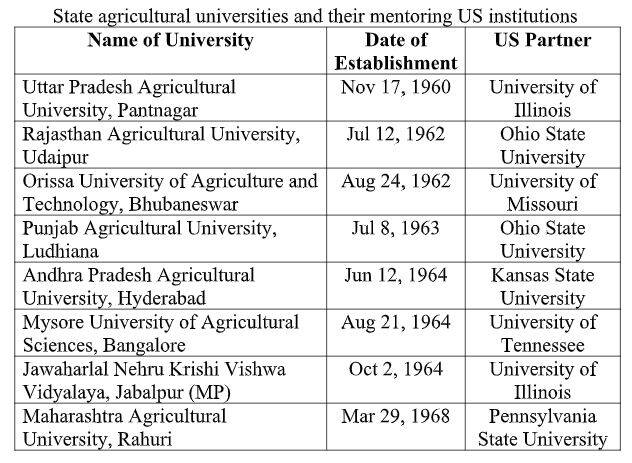7667766266
enquiry@shankarias.in
Prime Minister Narendra Modi is visiting the US for strengthening the ‘global strategic partnership’ between the two countries.

G.B. Pant University, from 1969, also began marketing its seeds under the ‘Pantnagar’ brand.
|
M.S. Swaminathan - Father of Indian green Revolution; Norman Borlaug - Father of Green Revolution